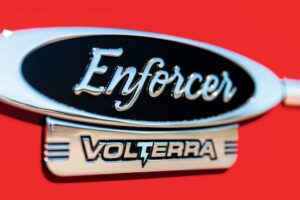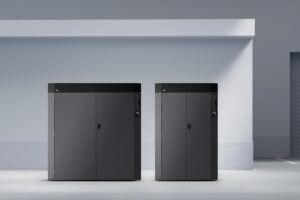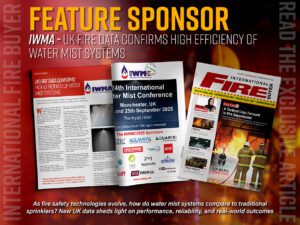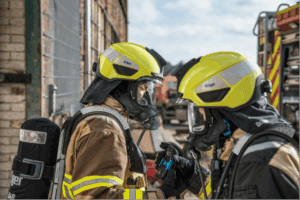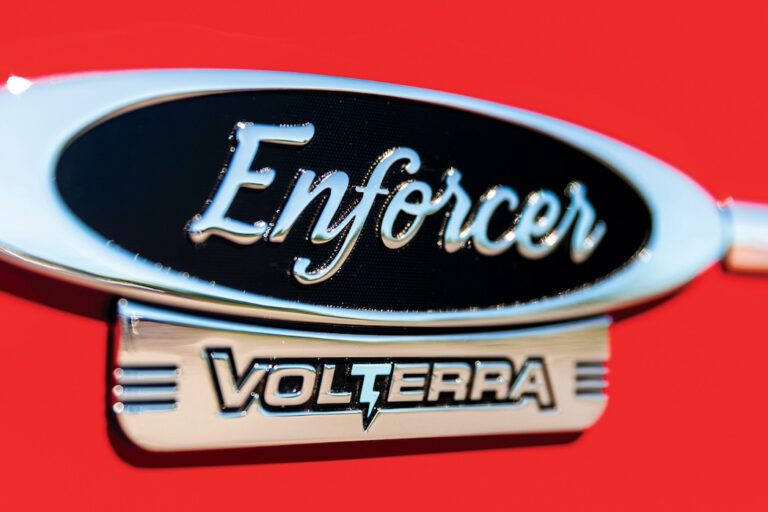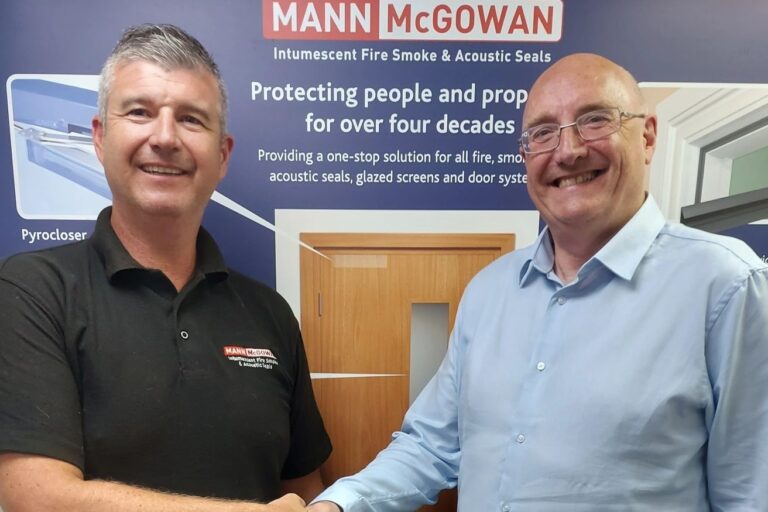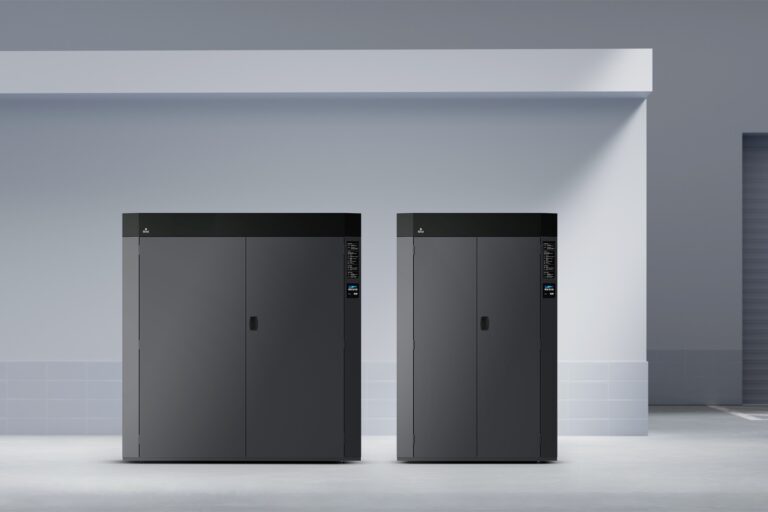· Flame and smoke development less than with diesel or petrol cars
· Burning liquids do not flow away
· Extinguishing battery fires requires more water or special additives
In the event of a fire, electric and hybrid cars containing lithium-ion traction batteries are at least as safe as combustion engine vehicles. This is the conclusion of a current series of fire tests conducted by the experts from DEKRA in collaboration with a car manufacturer.
DEKRA Automobil GmbH has spent a long time focusing on the safety of electric vehicles. “Safety issues are key to increased popularity of electromobility – and that includes fire protection,” says Andreas Richter, who works in the DEKRA Electromobility Competence Center and coordinates all the company’s activities in this area. “Are drivers of electric vehicles literally sitting in the hot seat? Are fire brigades capable of extinguishing fires from electric vehicles? This is debated extensively in places such as internet forums. Our fire tests will now make a qualified and constructive contribution to this discussion.”
In this series of tests, three traction batteries from an electric vehicle currently on the market were set alight and then extinguished using different extinguishing agents. “We wanted to find out how batteries really behave in a fire and when the fire is being extinguished and how much extinguishing agent is needed,” says Markus Egelhaaf from DEKRA Accident Research.
The batteries were set alight with petrol. After a few minutes exposed to flames at temperatures exceeding 800°C, the batteries began to burn by themselves. Here, flame and smoke development was much less than with burning petrol. The excess pressure generated inside the batteries as a result of the fire was dissipated outwards through the in-built pressure relief valves. This caused smaller flash fires, although these were less intense than those seen in petrol fires. And Egelhaaf adds: “The risk of the fire rapidly spreading is lower in battery fires because unlike in vehicles that use conventional fuels such as petrol or diesel, burning liquid cannot flow away and set neighbouring objects alight.”
The experts used a variety of means to test how burning traction batteries can be extinguished. In the first test of the series, they fought the fire with water. Although this was successful, it did take time. Several times the fire went out only to flare up again. This shows that the vehicle or battery housing need to be cooled down once the fire itself has been extinguished. Overall, considerably more water was consumed in this test than would be required for extinguishing fires in conventional vehicles.
In the two follow-up tests, different additives were used for enhancing the extinguishing and cooling effect of the water. One of the two agents creates a gel when mixed with water, which then does not flow away as easily, but remains on the burning object and thus cools much more effectively. The other additive reduces the water’s surface tension and increases its evaporation rate. This also enhances the cooling effect. “Both substances proved highly effective at extinguishing the fire in our tests too,” reports the DEKRA expert. “The fire was put out with much less water and in much less time.”
All in all, the accident researchers concluded that, in the event of a fire, electric and hybrid vehicles equipped with lithium-ion traction batteries are at least as safe as petrol or diesel cars.
The water that was flowing away from the scene was also analysed. The analysis conducted in the DEKRA laboratory for environmental and product analysis showed that the level of contamination is comparable to that seen in the water used to extinguish fires in conventional cars.


